A recent study suggested that even fit women can’t do pull ups (or chin ups), and it went on to explain why. Although it’s obviously more challenging for women to perform pull ups than it is for men (due to differences in muscle mass and leverage), I do have some concerns with how this poorly designed study was conducted. First of all, according to the New York Times, here is the basic outline of the study:
“The Dayton researchers recruited 17 women of normal weight who were unable to perform a single pull-up. They then trained them for three months, prescribing exercises to strengthen their upper bodies, improve their aerobic fitness and lower their body fat.
All that training produced results: the women’s upper-body strength increased by 36 per cent and their body fat was reduced by 2 per cent. But they failed to produce the main result researchers were looking for: only four of the 17 women were able to perform a pull-up.”
=> Source: Why Women Can’t Do Pull Ups (New York Times)
Click the link above to learn more about how they performed the study.
As you will read in this 3 month study, the women did exercises for their biceps and lats (big back muscles), as well as using a modified “inclined” pullup machine. They also performed aerobic exercise to reduce body fat. Here is my commentary on this study:
- To improve your ability to perform pull ups or chin ups, you need to actually perform variations of that exercise. Body weight exercises such as pull ups, dips, push ups, etc, are a learned skill… there is a strong technical component to getting good at these exercises, and you need to train your neural-muscular system to learn the technique. Just doing bicep curls and lat pulldowns won’t cut it. Even the “incline slide-board” pullups don’t teach your body how to do an actual hanging pull up. You need to incorporate specific pull up progressions. In the video below I demonstrate a series of exercise progressions for the beginner to work up to doing chin ups and pull ups. These include negatives (eccentric reps), static holds, jumping pullups, partial range repetitions, assisted reps, etc.
- Most aerobic exercise (ie: long, slow, steady-state cardio) is not the best way to lose body fat. However, aerobics will lead to LOSS of lean MUSCLE tissue and will reduce the maximal strength necessary for women to perform a pull up. Resistance training, along with HIIT used sparingly, and nutrition are the best ways to reduce body fat without losing muscle or strength.
- This study says it involved women of “normal weight”. Depending on where this study was conducted, what is considered “normal weight” for women can vary greatly. To be able to do pull ups a women is going to need to lose any extra body fat. They need to differentiate “lean” and “fit” and be clear about what standard they are using.
To sum up, here is a video of one of my friends and clients, Giselle, doing several pull up repetitions. When she started training she was fit but she couldn’t do a single one. I also have several other female clients who can perform chin ups. In fact, Giselle is a personal trainer as well and she ALSO has a couple of female clients who are doing chin ups.
This makes me question the strength training “expertise” of the “experts” conducting this study. It suggests that a professor of exercise physiology may not have the same practical “under the bar” experience and background as a seasoned strength coach. Regardless, it just goes to show what one can accomplish when they apply the correct training and nutrition strategies. Next time you read a study that suggests you can’t do something, use that as motivation to go out and do it!
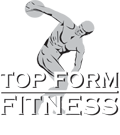
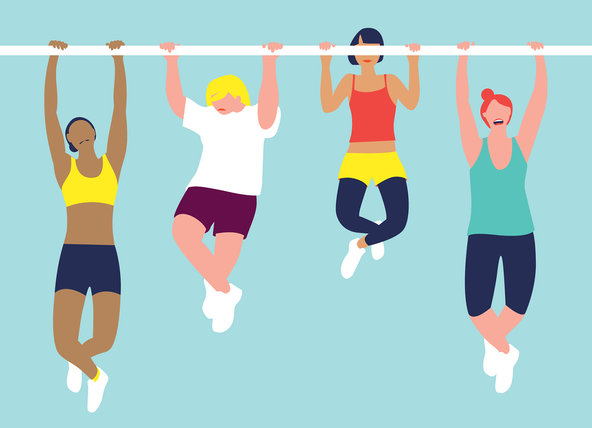


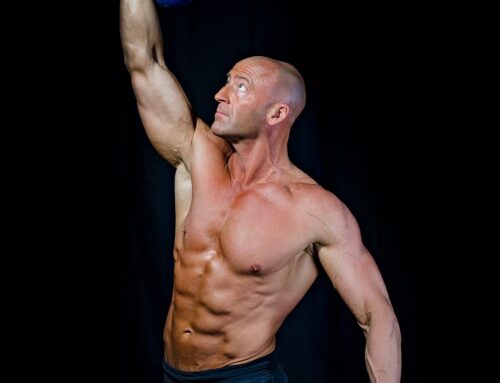
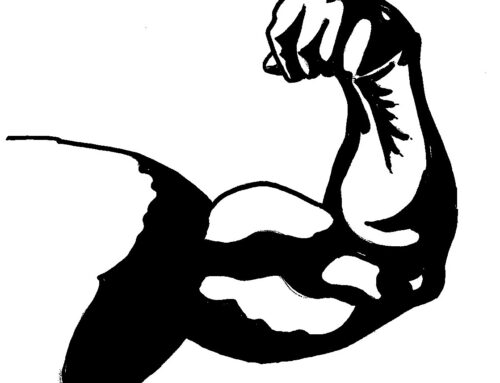
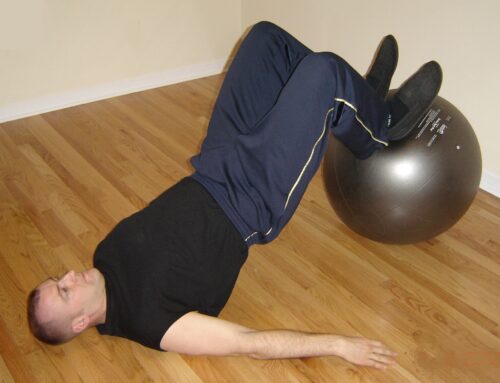
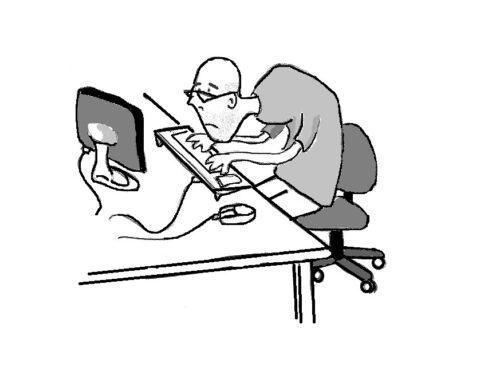
Hi Josh
I completely agree with you: Fit Women CAN do Pull Ups with Correct Training.
In fact not only fit, but any women and not only pull ups but lots of other things can be done with correct training.
Let me ask you this naive question, Josh: do women need to perform pull ups?
What if a female fitness enthusiast asks you for a fitness course and you tell her that an essential part of her workouts will be the 7 pull ups record at the end, do you think she will stay with you? 🙂
Josh, various researches are run on various subjects in your field of expertise and no one conducts their study so that later someone could say, as you had written: “this poorly designed study was conducted.”
If you have other results and tested your methods on a bigger number of clients, just share your experience with us, you readers and we all trust you even more not only because you are a great expert in the area but also a generous person understanding that all have the right to experiment and publish the results of their work.
Try to be merciful to your ‘brethrens in arms’
Why don’t you get in touch with the authors of the research and offer them your opinion about the matter, instead?
I am sure they will appreciate your involvement a lot!
Cheers
George
Hey George,
Great comment, and I do agree with you. In fact I will make time to add a commentary to this post soon regarding your point. I understand that part of the point of the study was to explain why it may not be appropriate to ‘expect’ women to perform pull ups as some kind of fitness or performance standard, and I do agree with that.
Although I do think the study could have been conducted better to get the results they were after, it would more useful for me to conduct a similar study using the criteria I believe are more practical (re: training program, nutrition plan, number of participants, and duration of study).
My intention wasn’t really to insult the people leading this study but rather to draw attention to the areas I see room for improvement… however, my article does come across as very critical. I am motivated to edit this after reading your comment.
Part of my frustration is when I see studies suggesting that people cannot perform an activity, or “eggs are bad for you”, or “you don’t need to drink much water”, etc, it does little to promote the deteriorating health and wellness of our population in general.
Thanks again for your well-thought out comment!
On a side note, I would not (nor would I endorse) making pull ups a requisite for any fitness program unless it was indicated based on the client’s specific goals, obviously.
[…] Strength training improves cycling sprintsFit tips to stay healthyOne of the biggest misconceptions about exercise is that there is “one” program that works for someone all the time. People think that they need to get on a particular workout program and just keeping doing that program over and over again. Although getting on a good program IS a necessary first step, ensuring that your body doesn”t adapt to that program is critical to ensuring that your results don”t slow down or stop! In order to maintain the effectiveness of your workouts over the long term, you have to employ a concept known as cross training. Although there is no hard and fast definition of cross training, the basic idea is that you continually change your exercise program to work both your muscular and your cardiovascular systems in a variety of ways, forcing your body to adapt to a new stimulus. Remember that the whole idea behind exercise is to make your body do things that it is not used to doing. In response to that effort, your body naturally adapts in order to meet the changing energy demands of the activities that you engage in. This process happens with your muscles, as well as with your heart, lungs, and circulatory system – collectively known as the cardiovascular system. To ensure you get the most out of your cross training efforts, you should make changes to the activities that challenge your muscles as well as your cardiovascular system. Challenging Your Muscles When you are putting together the muscular training part of your exercise program, remember that the primary mission of the activities is to challenge your muscles and connective tissues – tendons and ligaments – beyond their normal boundaries. For example, if you were to pick up a suitcase that only weighed 5 pounds, it would probably not be very difficult for you. However, if that same suitcase had 50 pounds worth of items inside, it would be significantly more difficult to pick up and carry. In response to that increased demand, your body would recruit additional muscle fibers to assist with the work, and in some cases would even recruit a different type of muscle fiber. Although we won”t get into the details about the different types of muscle fibers in the human body, you do want to take away the fact that the number and type of muscle fibers recruited for any given task is proportionate directly to the difficulty of the task. Let”s apply this concept to weight training – or resistance training, as it is often called. If you were going to do a basic bicep curl with 5 pounds, your body would engage a certain number and type of muscle fibers. Doing exactly the same exercise with a more challenging weight would cause your body to need additional resources in order to handle the increased demand. However, is that only true of picking up a heavier weightFat Burning Furnace Reviews And EnableHow do boxers get so lean, and what lessons can us average folk take from their trainingThe Extremely important Doc Language translationInterval Training (HIIT) vs (LISS) – JohnnyFitWhat is SoloStrengthBodies BlogCan Fit Women do Pull Ups […]
This is very interesting, You’re a very skilled blogger. I have joined your rss feed and look forward to seeking more of your magnificent post. Also, I’ve shared your site in my social
networks!